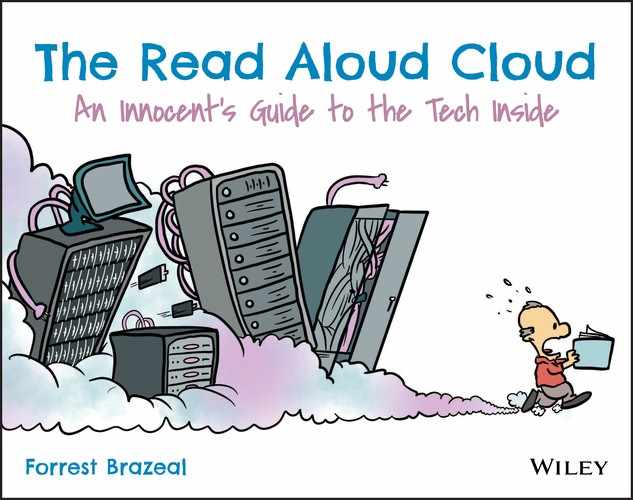

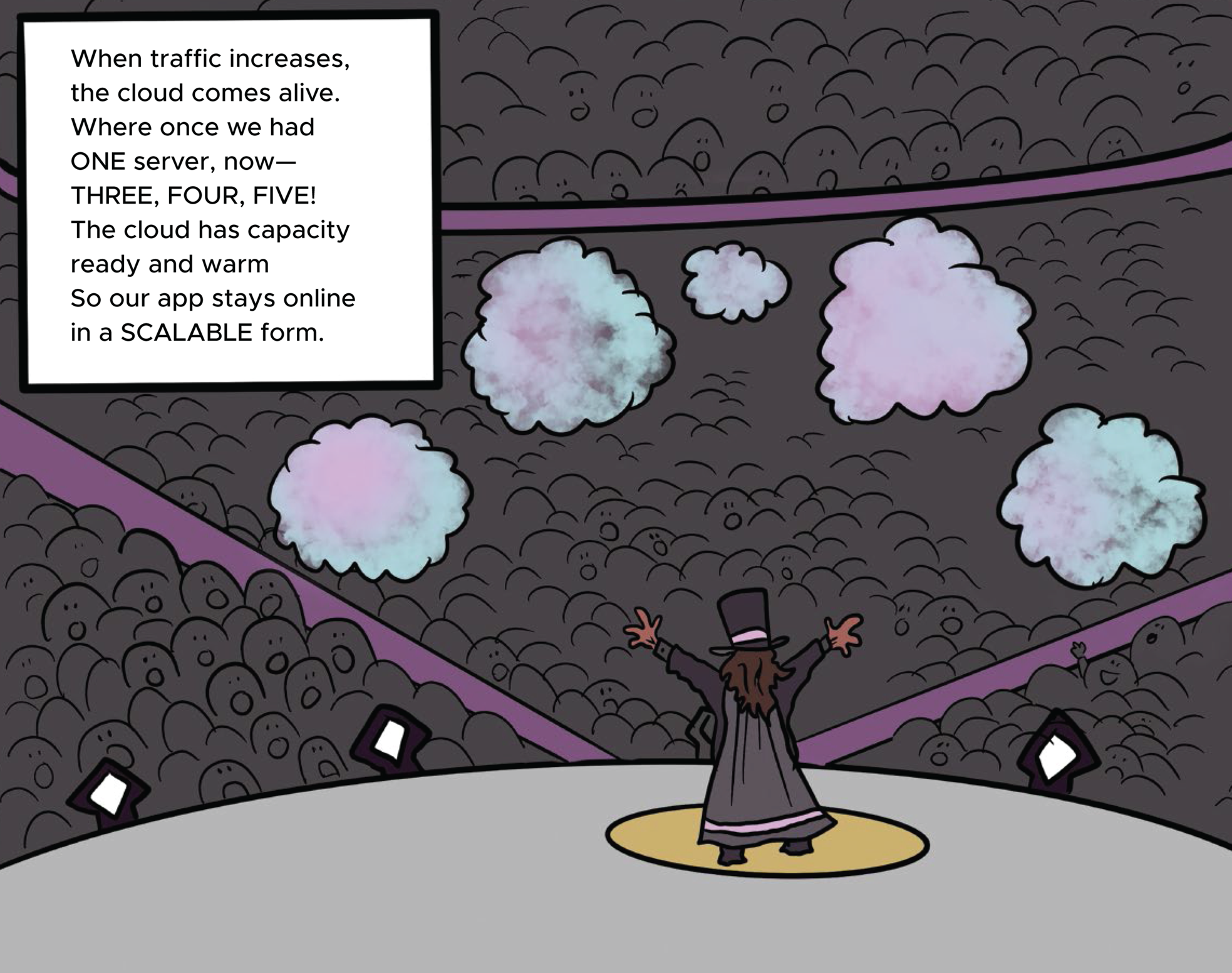

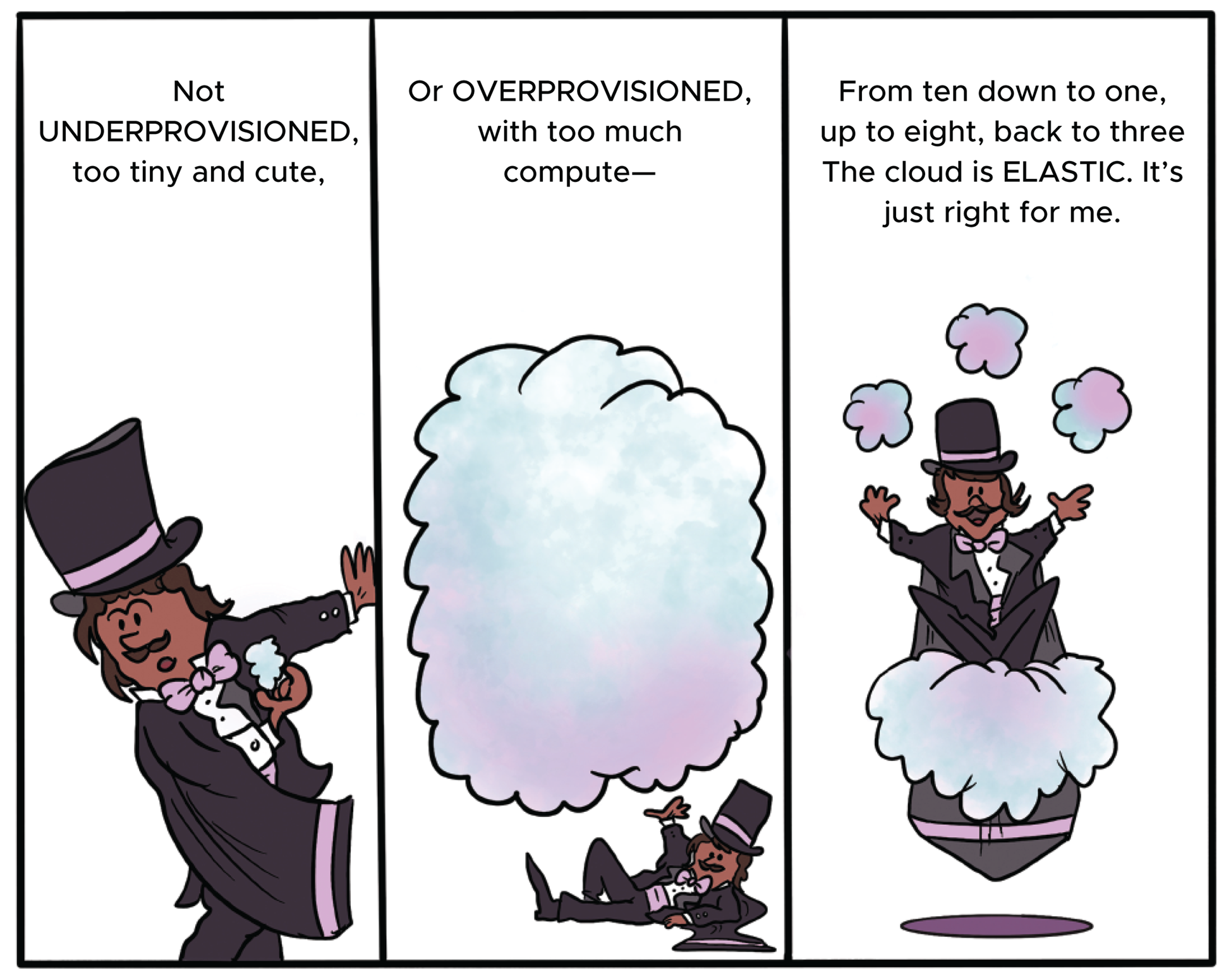
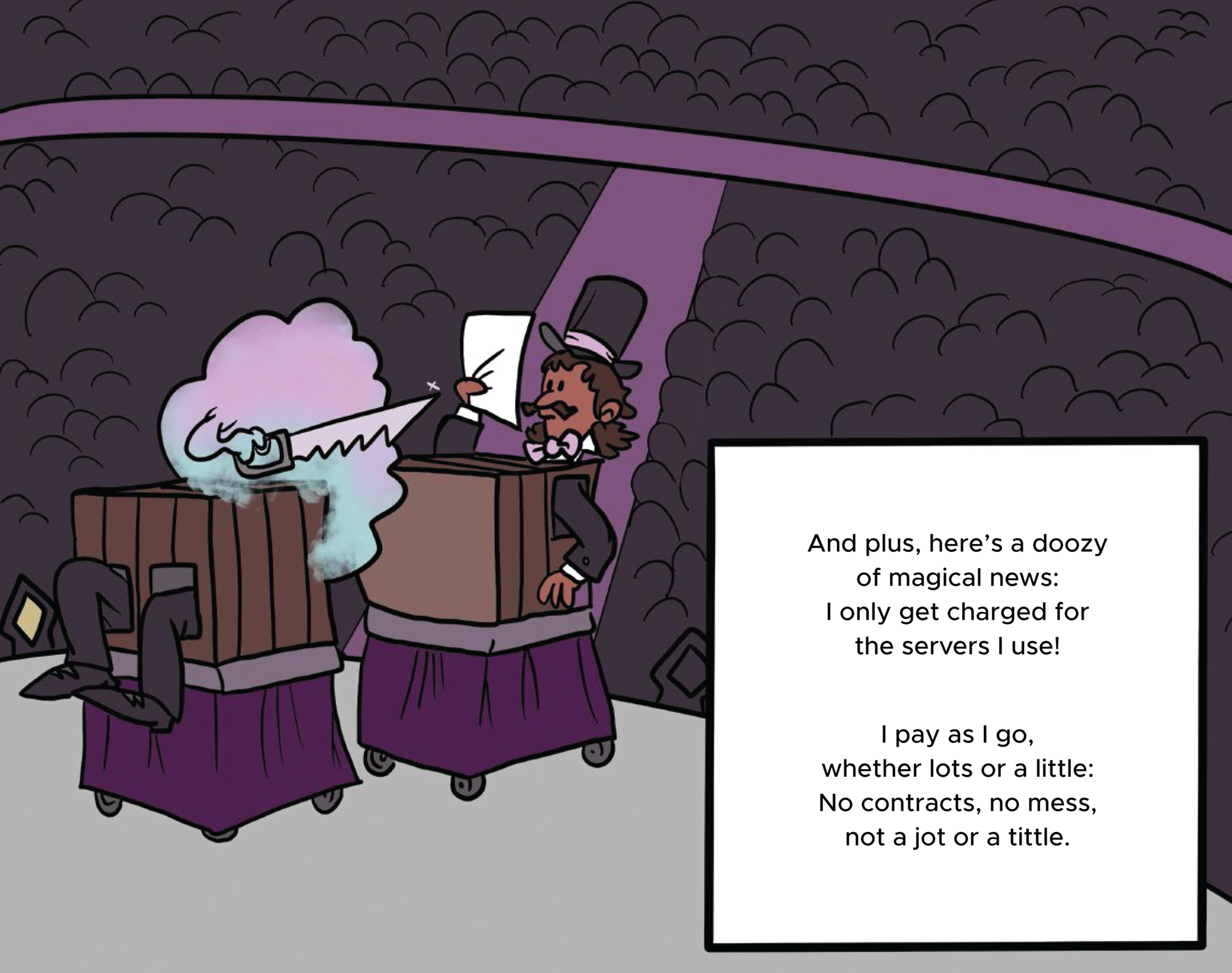
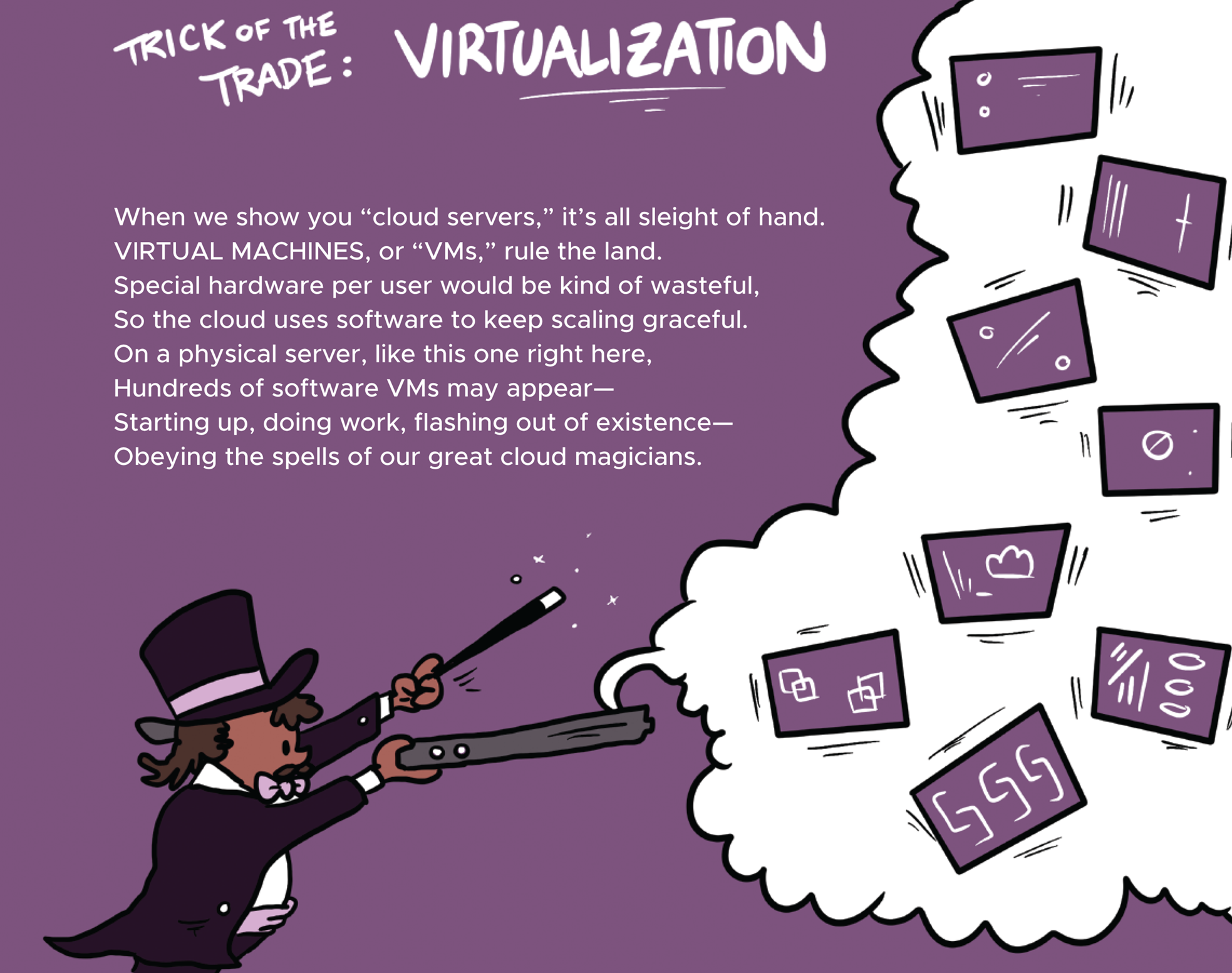


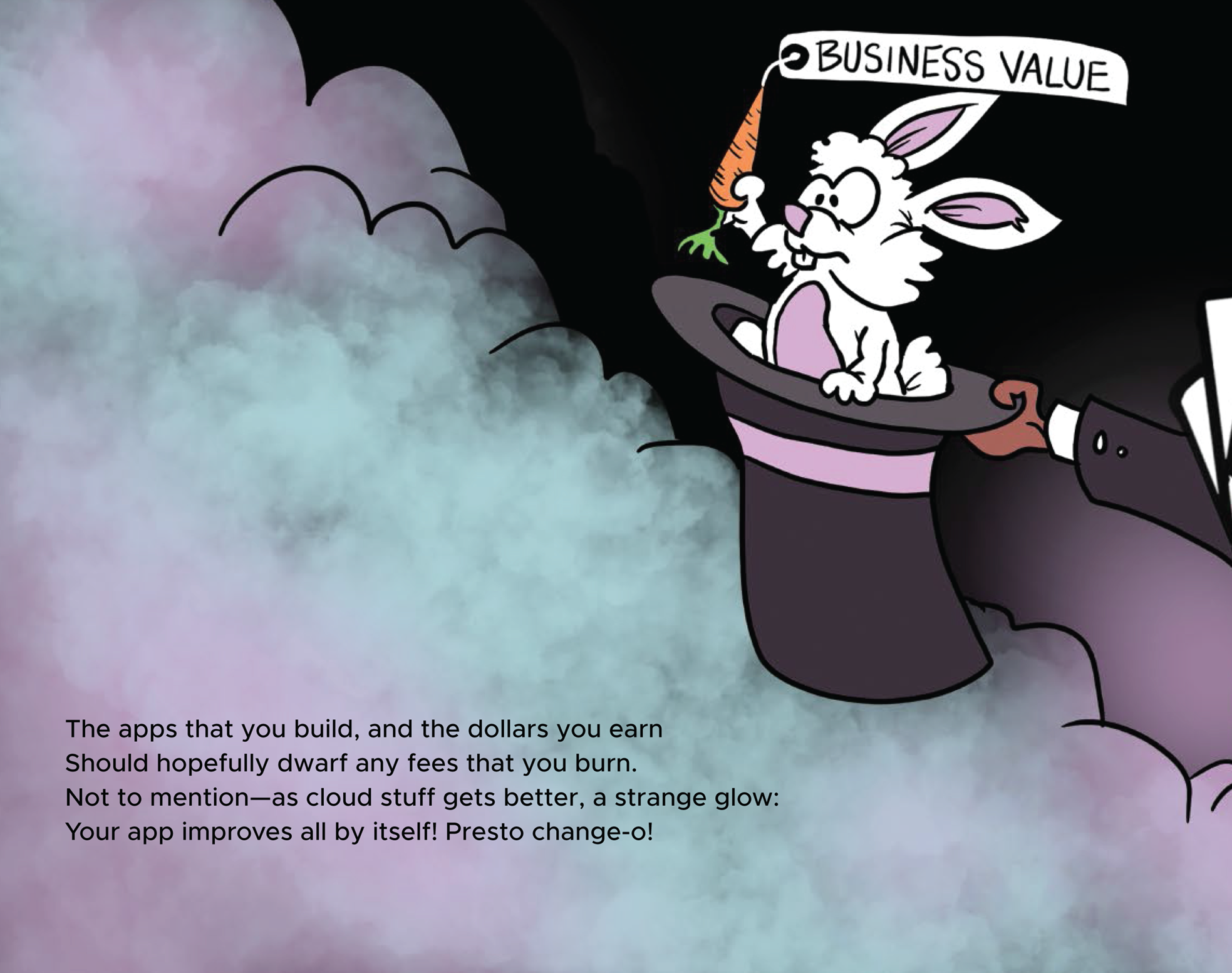


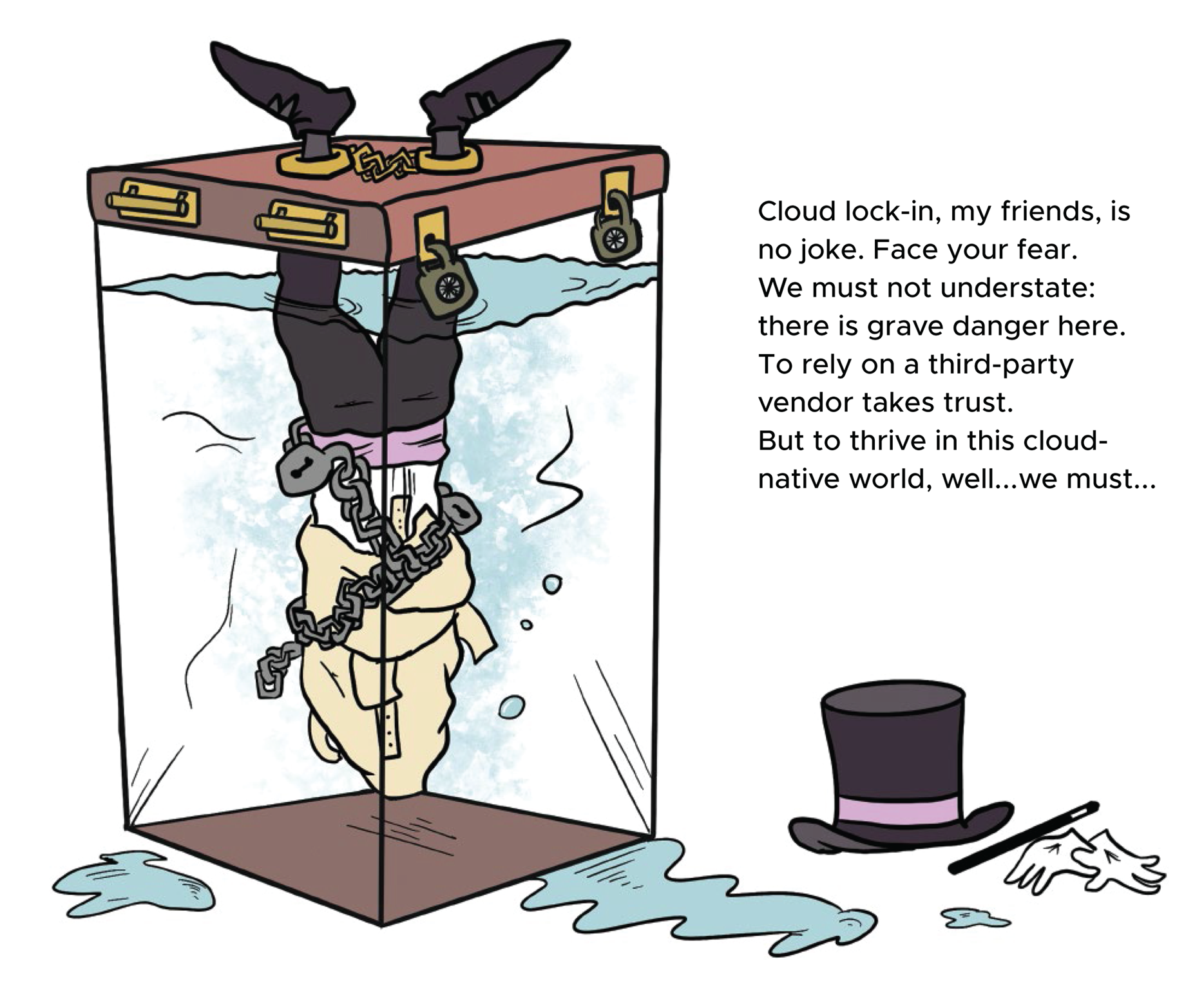
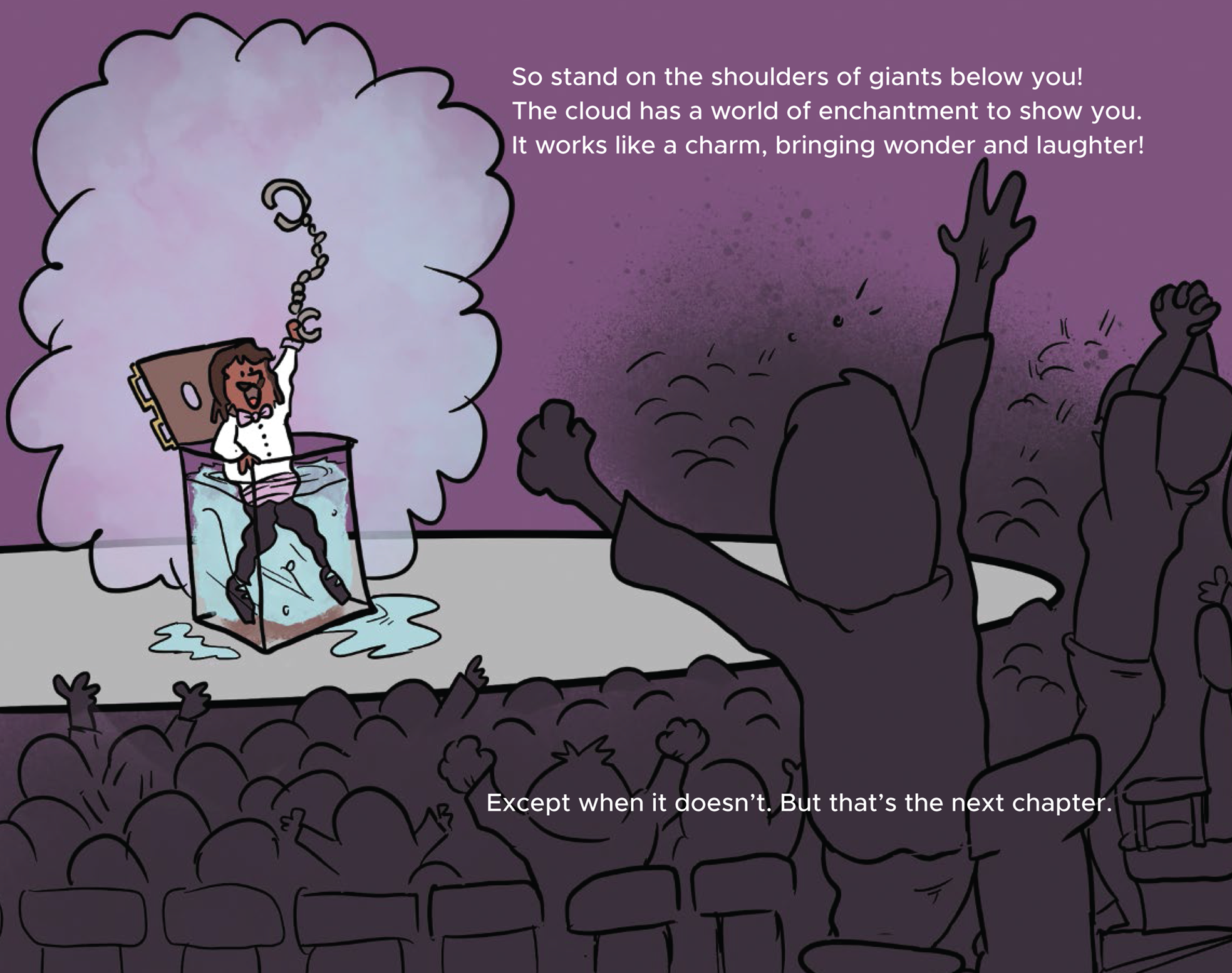
A WORD TO THE NERD
A Scaling Horror Story
Ever seen a kangaroo do a facepalm? Me neither, but then I wasn't anywhere near the Australian Bureau of Statistics in 2016. These are the people who take the census for the entire country-slash-continent, and that year for the first time they decided to accept all the mandatory census forms online.
That meant having servers online ready to handle the traffic, and oh boy, did the Aussies think they were ready. They did capacity planning, which means they fired up a spreadsheet and figured out how many people they thought would be using the census app at any given moment; then they spent millions of dollars on servers to handle that load. Then they did load testing, which means they spent even more money throwing fake traffic at their servers to make sure everything looked good. Everything looked good.
But it wasn't good. It was, in fact, bad, and that became clear when the entire country of Australia got online to fill out their census forms at the same time and overwhelmed the system. The site crashed, a million #CensusFail memes swept the Internet, and the census bureau suffered something like $24 million in damages.
Autoscaling
The ABS failed because they couldn't scale: they didn't have enough server capacity to meet the demand of ten million Aussies and their clicky, clicky little computer mouses. And it turns out this is a big reason to use the cloud rather than your own data center, because scaling is kind of the cloud's thing. Not only does the cloud contain literally millions of servers, they also provide automation that makes it easy to autoscale them.
You can think of autoscaling like the suit Elastigirl wears in Pixar's The Incredibles movies. The suit stretches as far as she can, and the cloud can provide as many—or as few—servers as necessary to handle the user load your app is experiencing at any given moment.
That's really the central revolution of the cloud: having exactly as many compute resources as you need, at any given time. Back in the bad old days, you had to do capacity planning months or years in advance, purchasing hardware based on little better than a guess about how much you would need. So you always spent too much money up front by buying extra servers or ran the risk of an unexpected traffic increase taking you down like the Australian census bureau. (This also happened with regularity in the early days of Twitter—remember the “fail whale”?)
Pay-as-You-Go
The cool side effect of autoscaling is that you only have to pay for resources you actually consume. You don't have to sign contracts with cloud providers (although they'll often give you discounts if you do). You can just pay a monthly bill based on how much server time or storage space you used. Yes, this has an added marginal cost. But it gives a lot of flexibility to your business.
Having a bad month? Not many visitors to your website? Your overhead expenses for cloud will be lower. Going viral? You'll scale up and spend more—but ideally all that extra traffic translates into more business, so you're winning either way. The cloud brings powerful economic forces to bear on your behalf, linking your IT expenses directly to your business success.
No Maintenance
But the raw infrastructure cost of the cloud doesn't begin to capture the full value of using cloud services rather than running your own hardware.
After all, time costs money as well. Time to replace failed servers. Time to patch security flaws and automate infrastructure. Time to wake up at 3 a.m. because a bunch of overzealous Australians are setting fire to your census app. By automating many of the difficult and boring tasks of system administration, cloud lets you focus on the tasks that bring greatest value to your business.
Like writing the code for a better census. Two Australian college students saw the ABS fiasco and spent a weekend—48 hours!—building a cloud-native version of the app from scratch. Their little project handled 400 times the traffic of the government's multimillion dollar boondoggle without turning a hair, delighting the media and further embarrassing the census bureau.
Continuous Improvement
Here's one more, often-overlooked benefit of cloud: cloud applications get better over time without any effort on your part. The cloud providers employ thousands of people whose job is to analyze the performance of their services at huge scale, develop new features, fix bugs, and release improvements. It's a common experience with cloud applications to wake up one day and discover that your servers are responding faster than yesterday or that your storage service has a new, cheaper tier.
This isn't just a nice thing; for people coming from the world of “on-premises” computing, it practically feels like a violation of the Second Law of Thermodynamics. We're used to systems that crumble and decay without constant drudgery on our part to keep them in working order. The cloud turns those expectations upside down.
(Side note: we talk a lot about “servers” in this book, but we don't necessarily mean physical computer devices. Not directly, anyway. Cloud providers use “virtualization” technology to run dozens or hundreds of virtual machines, or software programs that are pretending to be servers, on the same host. Since today's physical servers usually need just a fraction of their RAM and CPU to serve a single user's workload, multitasking with lots of VMs is a smart idea.)
The Lock-in Meme
Not everyone loves the cloud. And if those people were to read all the enthusiastic words I just wrote (though most of them aren't big readers), they'd smirk: “Yeah, but think about all the control you're giving up in the cloud. You're trusting the cloud provider not to go out of business, not to shut down a service you rely on, and most importantly not to raise prices on you. After all, when your whole business relies on them, what negotiating leverage do you have? The whole cloud thing is a trap to lock you in.”
Vendor lock-in, usually through predatory contracts, is a story as old as IT. And while we haven't seen cloud providers ratchet up prices on consumers much as of this writing, it's not unreasonable to think it could happen someday. (Though I think, given how competitive the cloud space is, a wholesale price gouge would probably destroy the offending cloud along with its customers.)
But, as with every decision you make in life, you have to consider your risk. Realistically, how likely is your business to be hurt by an unprecedented cloud betrayal? And how likely is it to benefit from the autoscaling, value-based pricing, managed maintenance, and continuous improvement of cloud?
The Australian Bureau of Statistics has made their feelings clear on the subject. The next time they had to do a countrywide online survey, they built everything on cutting-edge cloud services. This time, there were no hiccups and no #CensusFail hashtags. And while you might never see a facepalming kangaroo, legends say that near the census office, the little critters are high-fiving to this day.

